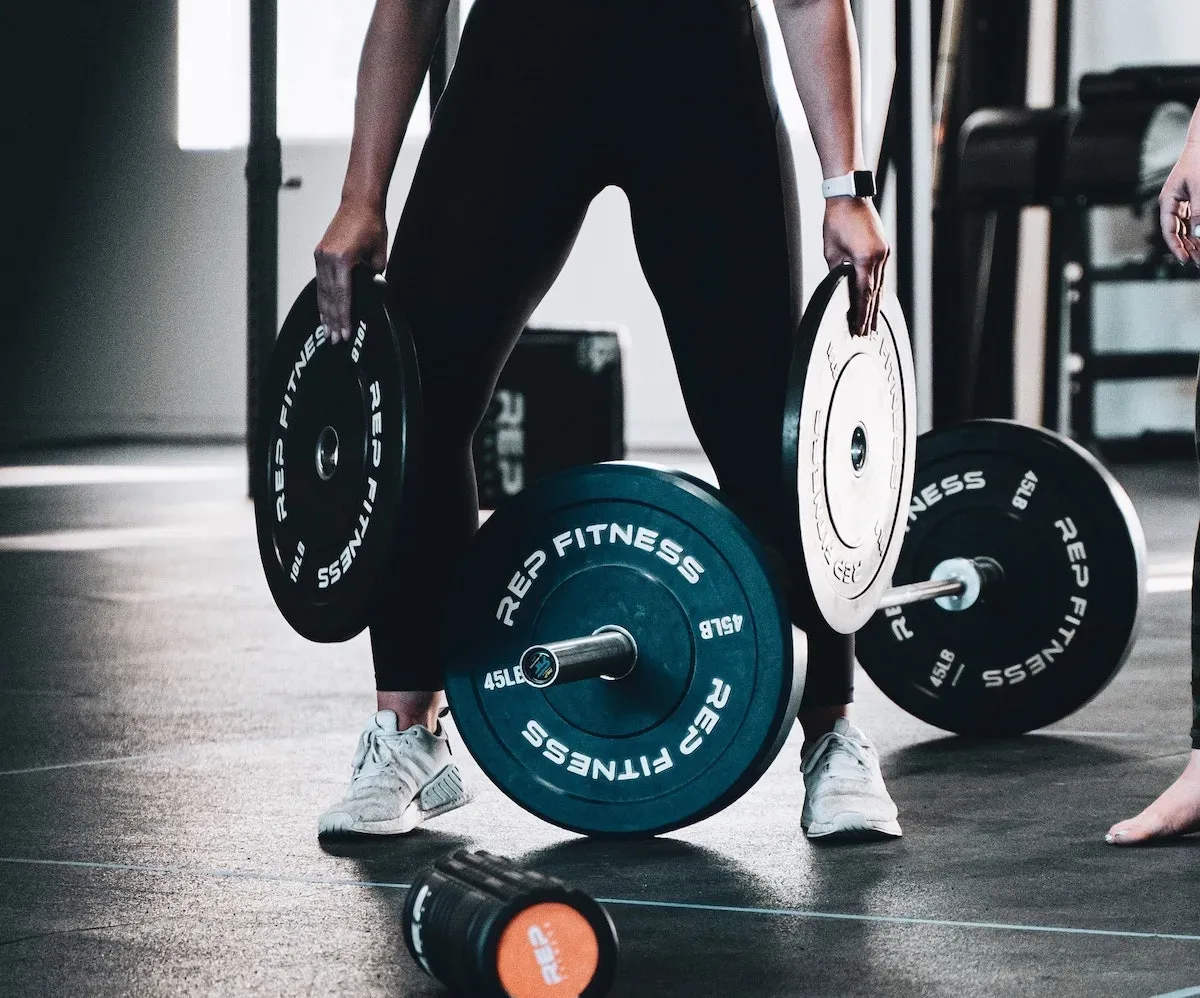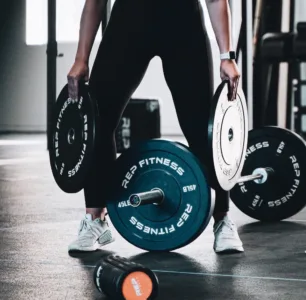Rugby players use a number of muscle groups including:
- Quadriceps and hamstrings in the legs for running and jumping.
- Chest and shoulder muscles for tackling and scrummaging.
- Back and abdominal muscles for stability and balance.
- Biceps, triceps, and forearms for passing and catching the ball.
- Glutes and hips for explosive movements and change of direction.
It is important for rugby players to train and strengthen these muscle groups to improve their performance and reduce the risk of injury.
Leg muscles
The leg muscles are a group of muscles located in the lower extremities that are responsible for movements such as walking, running, jumping, and kicking. Some of the main leg muscles include:
- Quadriceps: This is a group of four muscles located in the front of the thigh that are responsible for extending the knee.
- Hamstrings: These are a group of three muscles located in the back of the thigh that are responsible for bending the knee and extending the hip.
- Glutes: These are the muscles located in the buttocks and are important for hip stability and movement.
- Calves: These are a group of muscles located in the lower leg that are responsible for plantar flexion, or the movement of pointing the toes.
- Adductors: These are a group of muscles located in the inner thigh that are responsible for bringing the legs together.
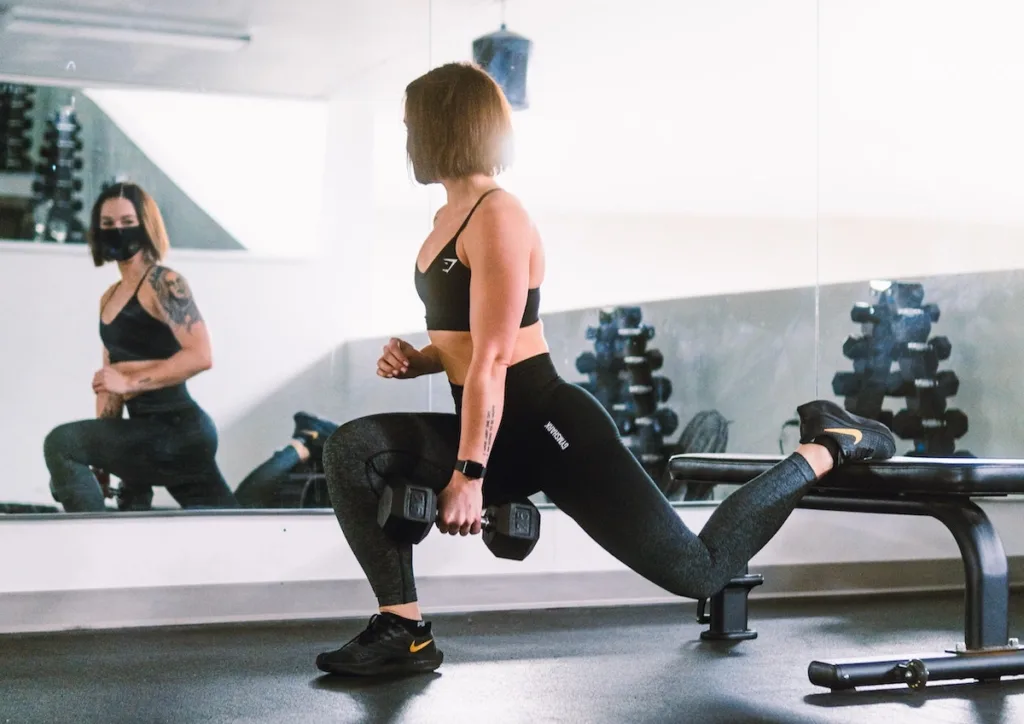
The leg muscles play a crucial role in movements such as running, jumping, and tackling in rugby. Strengthening the leg muscles can improve athletic performance and reduce the risk of injury. Some common exercises for training the leg muscles include squats, deadlifts, and lunges.
What are quadriceps
The quadriceps are a group of four large muscles located in the front of the thigh. These muscles are responsible for straightening the knee and are used in activities such as running, jumping, and cycling. The quadriceps muscle group is comprised of four individual muscles: the rectus femoris, vastus lateralis, vastus medialis, and vastus intermedius. Strengthening the quadriceps can improve athletic performance and reduce the risk of knee injuries.
What is the hamstring
The hamstring is a group of three muscles located in the back of the thigh. The hamstrings are responsible for bending the knee and are important in activities such as running, jumping, and kicking. The hamstring muscle group consists of the biceps femoris, semitendinosus, and semimembranosus muscles. Strong hamstrings help maintain proper posture and movement patterns, and can reduce the risk of injury to the lower back and knee.
Gluteus muscles
The glutes (gluteus muscles) are a group of three muscles located in the buttocks: the gluteus maximus, gluteus medius, and gluteus minimus. The gluteus maximus is the largest and most powerful muscle in the body, and is responsible for hip extension, such as during running and jumping. The gluteus medius and minimus are important for hip stability and movement.
In rugby, strong glutes are important for running, jumping, and tackling. The glutes help to generate power and speed in these movements, and also play a role in maintaining proper posture and stability. Strengthening the glutes can improve athletic performance and reduce the risk of injury. Some common exercises for training the glutes include squats, lunges, and Deadlifts.
Calf muscles
The calf muscles are a group of muscles located in the lower leg, specifically the back of the lower leg below the knee. The two main calf muscles are the gastrocnemius and the soleus. The gastrocnemius is the larger and more superficial of the two muscles and is responsible for plantar flexion, or the movement of pointing the toes. The soleus is a smaller, deeper muscle that also contributes to plantar flexion.
In rugby, strong calf muscles are important for movements such as jumping, running, and kicking. The calf muscles play a crucial role in generating power and speed in these movements, and also help to maintain proper balance and stability. Strengthening the calf muscles can improve athletic performance and reduce the risk of injury. Some common exercises for training the calf muscles include calf raises, jumping exercises, and plyometric drills.
Chest muscles
The chest muscles are a group of muscles located in the front of the upper body. The main chest muscles are the pectoralis major and pectoralis minor. These muscles are involved in activities such as pushing, pulling, and lifting, and are important for upper body strength and stability. Strengthening the chest muscles can improve athletic performance and reduce the risk of injury in sports such as rugby, where upper body strength is important in tackling and scrummaging. In addition, chest exercises can also help to improve posture and upper body appearance.
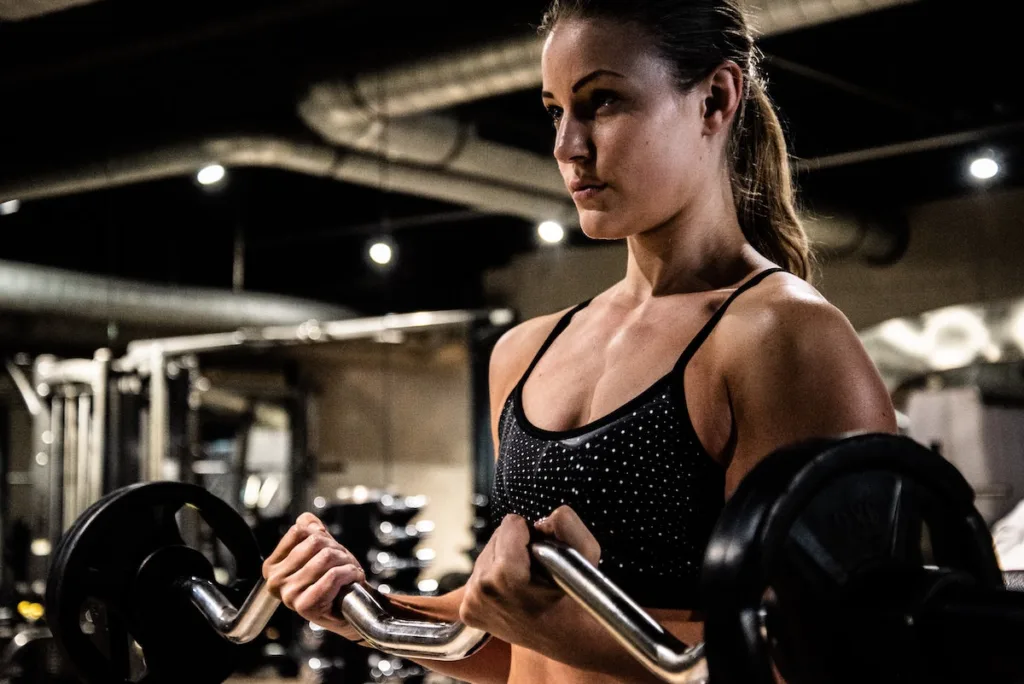
Shoulder and Arm muscles
The shoulder is a complex joint that is made up of several muscles. Some of the main muscles in the shoulder include:
- Deltoids: These are the large, triangular muscles that cover the shoulder joint and are responsible for arm movements such as raising, lowering, and rotating the arm.
- Rotator cuff muscles: The rotator cuff is a group of four small muscles that help stabilize the shoulder joint and are important for overhead movements and rotations.
- Biceps and triceps: These are the muscles located in the upper arm and are responsible for arm movements such as flexion and extension.
- Latissimus dorsi: This is a large, flat muscle located in the back that helps with shoulder movements and also plays a role in upper body posture.
These shoulder muscles are important in rugby as they are used in tackling, scrummaging, and passing the ball. Strengthening these muscles can improve athletic performance and reduce the risk of injury.
What are the biceps
The biceps are a muscle located in the front of the upper arm. The biceps are responsible for arm flexion, or the movement of bringing the hand towards the shoulder. The biceps also play a role in supination, which is the movement of rotating the forearm so that the palm faces up. The biceps are an important muscle group in rugby, as they are used in movements such as passing, catching, and tackling. Strengthening the biceps can improve athletic performance and reduce the risk of injury. The biceps are often trained with resistance exercises such as bicep curls and chin-ups.
Triceps
The triceps are a muscle group located in the back of the upper arm. The triceps are responsible for arm extension, or the movement of straightening the arm. The triceps play a major role in pushing movements, such as pushing away an opponent in a tackle or pushing off the ground during a jump. The triceps are an important muscle group in rugby, as upper body strength is critical for tackling and scrummaging. Strengthening the triceps can improve athletic performance and reduce the risk of injury. The triceps are often trained with resistance exercises such as tricep extensions and pushups.
Back muscles
The back muscles are a group of muscles located in the posterior region of the torso. The main back muscles include:
- Latissimus dorsi: This is a large, flat muscle located in the mid-back and is responsible for pulling the arm down and toward the body.
- Rhomboids: These are small, triangular muscles located between the shoulder blades and are responsible for pulling the shoulder blades together.
- Trapezius: This is a large, diamond-shaped muscle that extends from the neck to the mid-back and is responsible for raising, lowering, and rotating the shoulders.
- Erector spinae: This is a group of muscles that run along the spine and are responsible for maintaining proper posture and stability.
- Levator scapulae: This is a muscle located in the neck and upper back that helps to elevate the scapula.
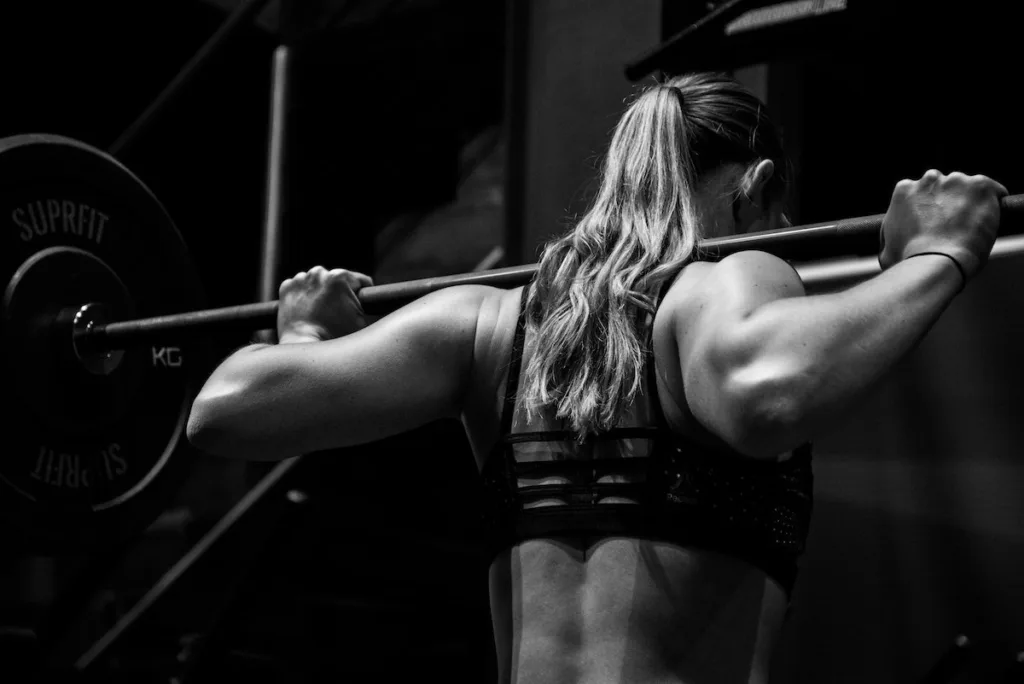
The back muscles play an important role in maintaining proper posture and stability, as well as in movements such as tackling, scrummaging, and lifting in rugby. Strengthening the back muscles can improve athletic performance and reduce the risk of injury.
Core muscles
The core muscles are a group of muscles located in the torso that provide stability and support for the body. The main core muscles include:
- Rectus abdominis: This is a long, flat muscle located in the front of the abdomen and is often referred to as the “abs”.
- Obliques: These are muscles located on the sides of the abdomen and are responsible for twisting and rotating the torso.
- Transverse abdominis: This is a muscle located deep within the abdomen and helps to stabilize the spine.
- Glutes: These are the muscles located in the buttocks and are important for hip stability and movement.
- Erector spinae: This is a group of muscles that run along the spine and are responsible for maintaining proper posture and stability.
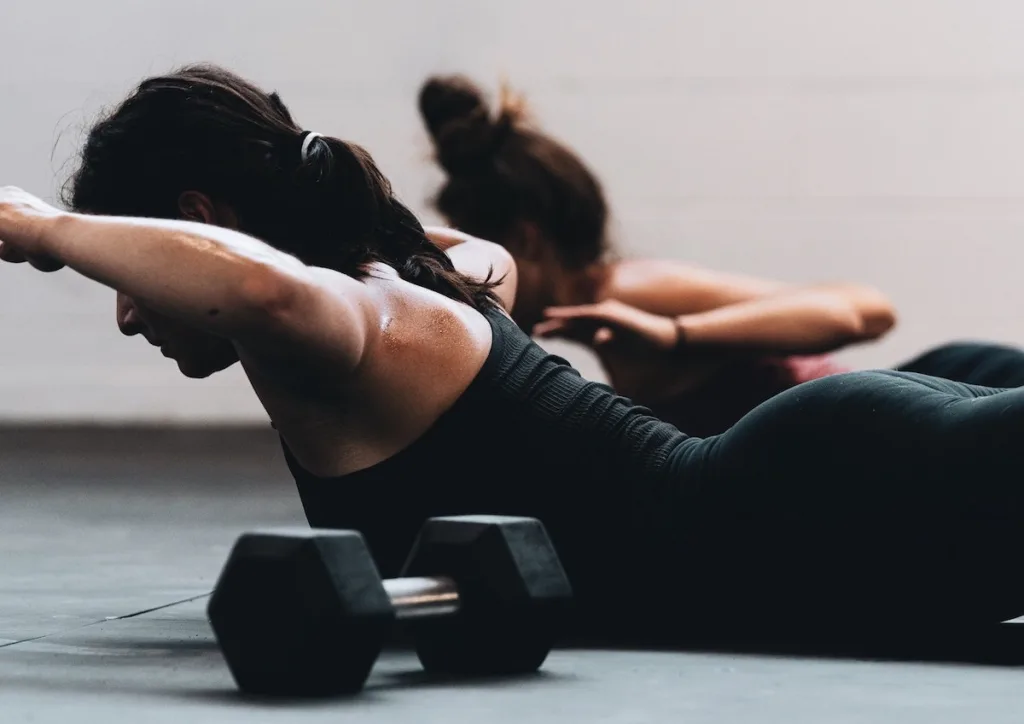
The core muscles play a critical role in maintaining balance, stability, and posture, as well as in generating power and force in movements such as tackling, scrummaging, and jumping. Strengthening the core muscles can improve athletic performance and reduce the risk of injury in rugby.
Neck muscles
The neck muscles are a group of muscles located in the neck that are responsible for supporting the head and allowing for movements such as tilting, turning, and bending. Some of the main neck muscles include:
- Sternocleidomastoid: This is a large muscle located on either side of the neck that is responsible for tilting and rotating the head.
- Scalene muscles: These are a group of muscles located in the front and side of the neck that help to elevate and rotate the neck.
- Splenius muscles: These are muscles located in the back of the neck that help to extend and rotate the head.
- Trapezius: This is a large, diamond-shaped muscle that extends from the neck to the mid-back and is responsible for raising, lowering, and rotating the shoulders.
The neck muscles play a crucial role in maintaining proper posture and stability, as well as in movements such as tackling and scrummaging in rugby. Strengthening the neck muscles can improve athletic performance and reduce the risk of injury.
